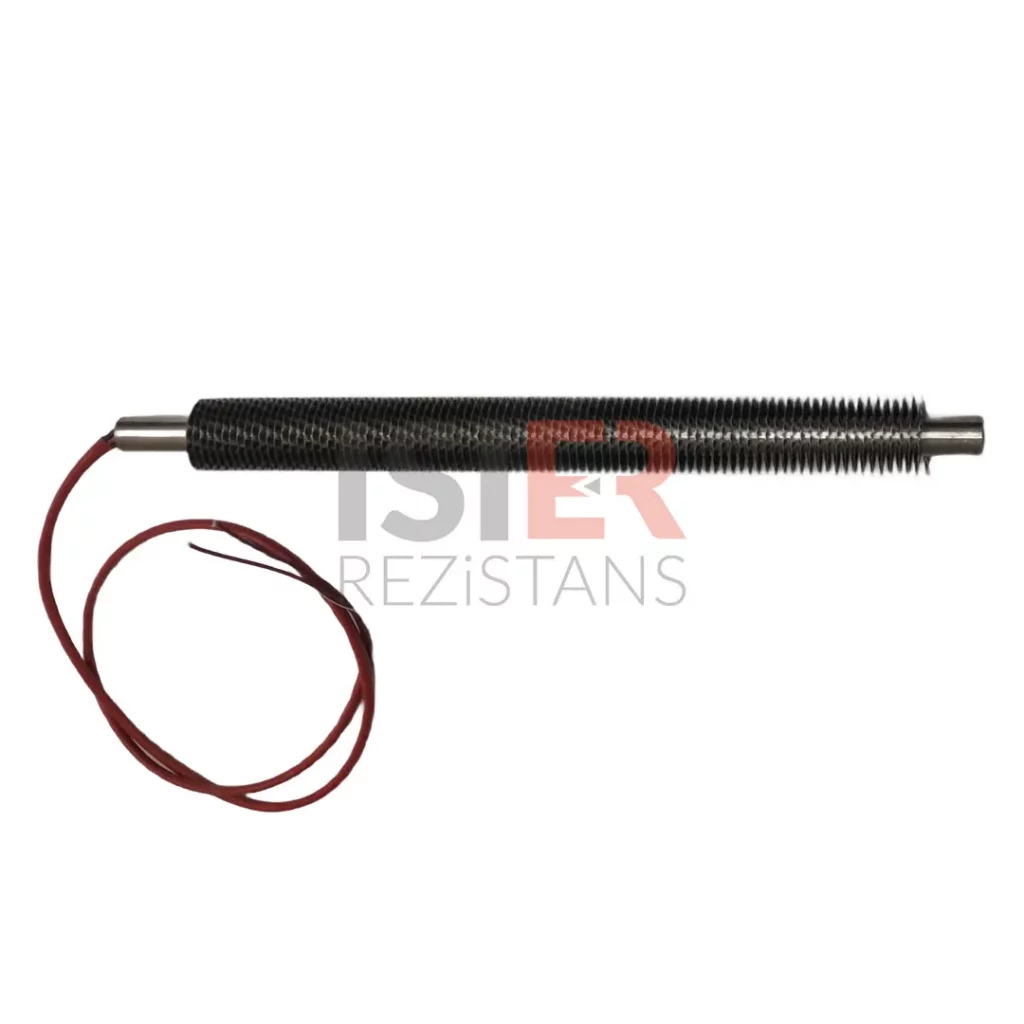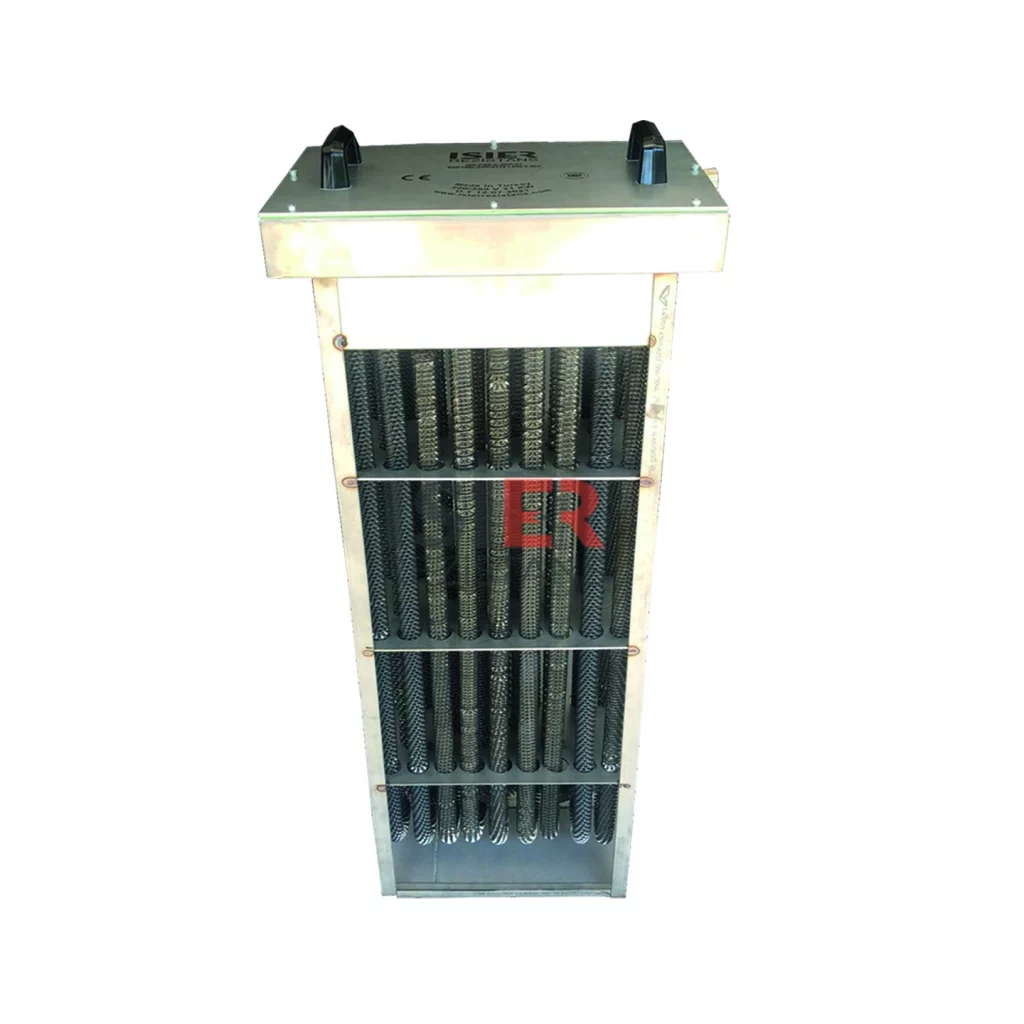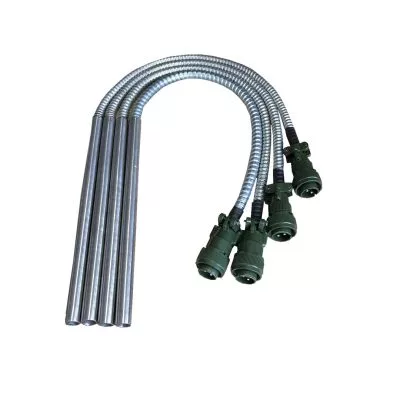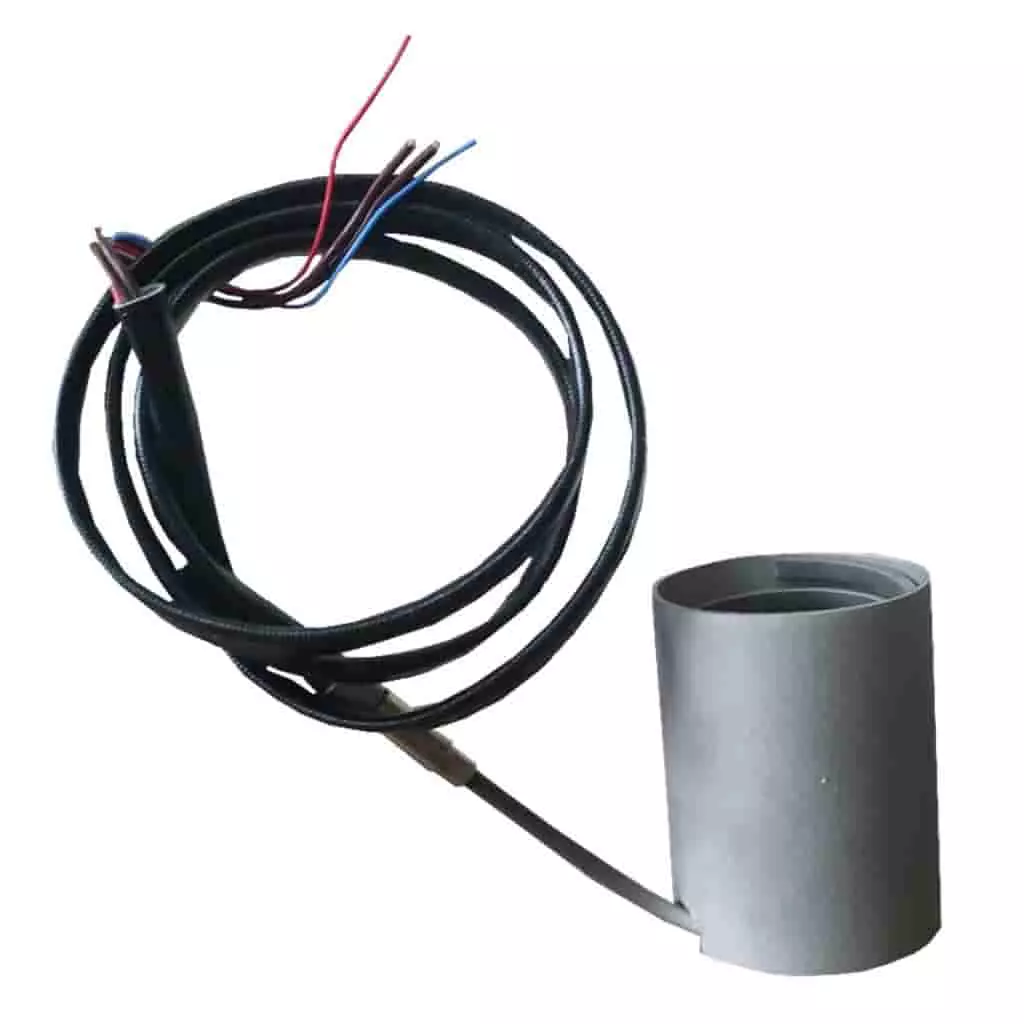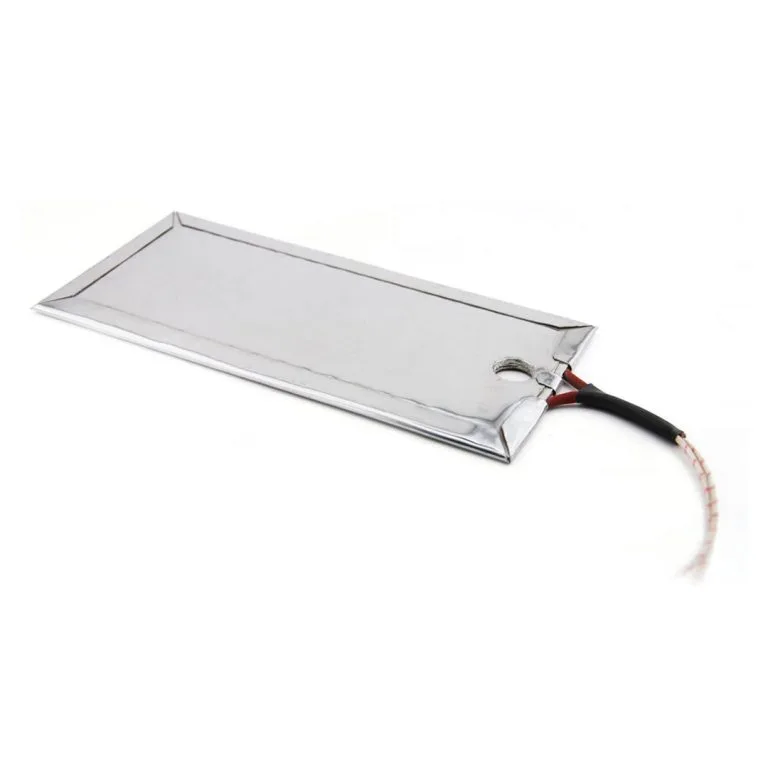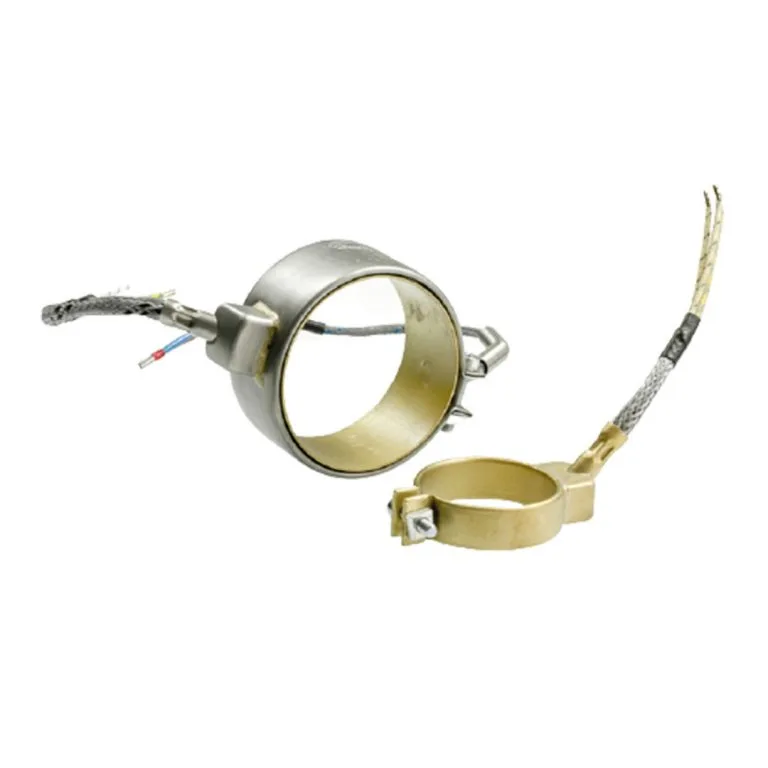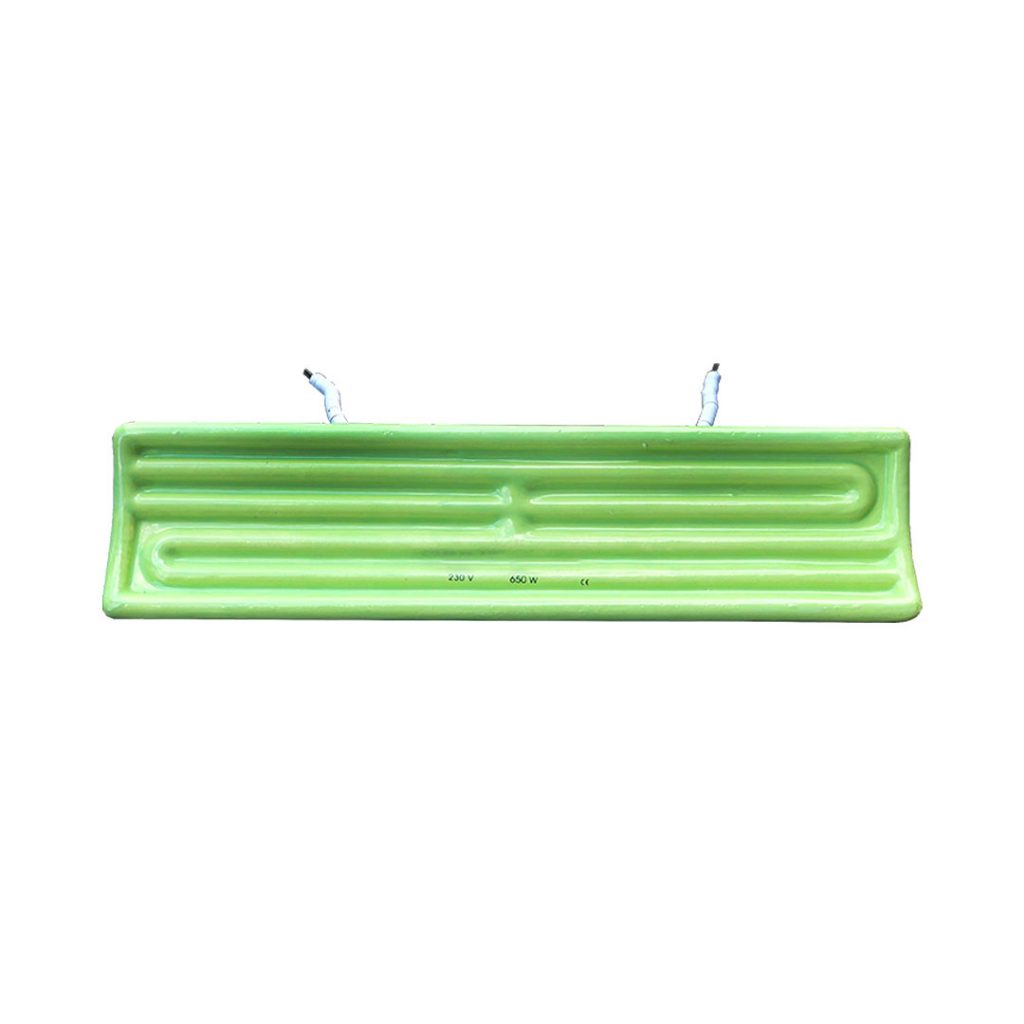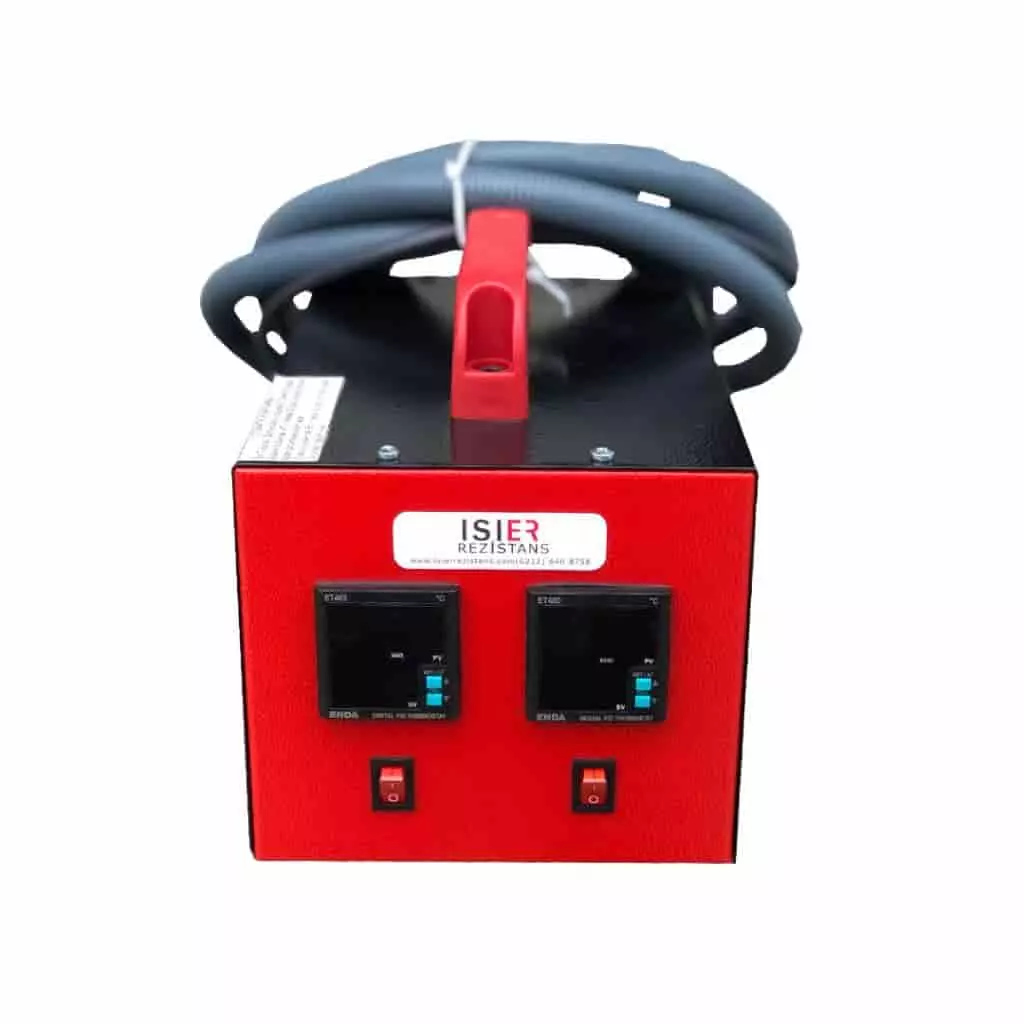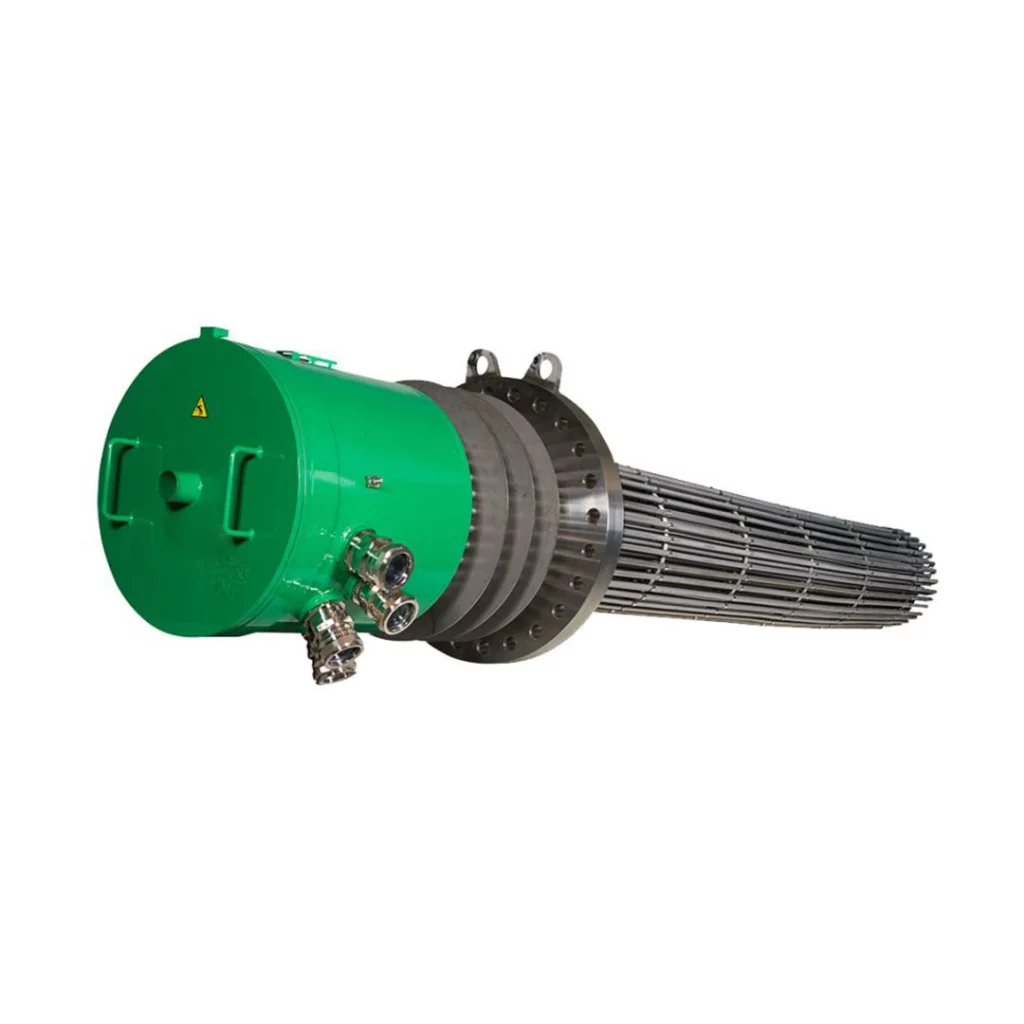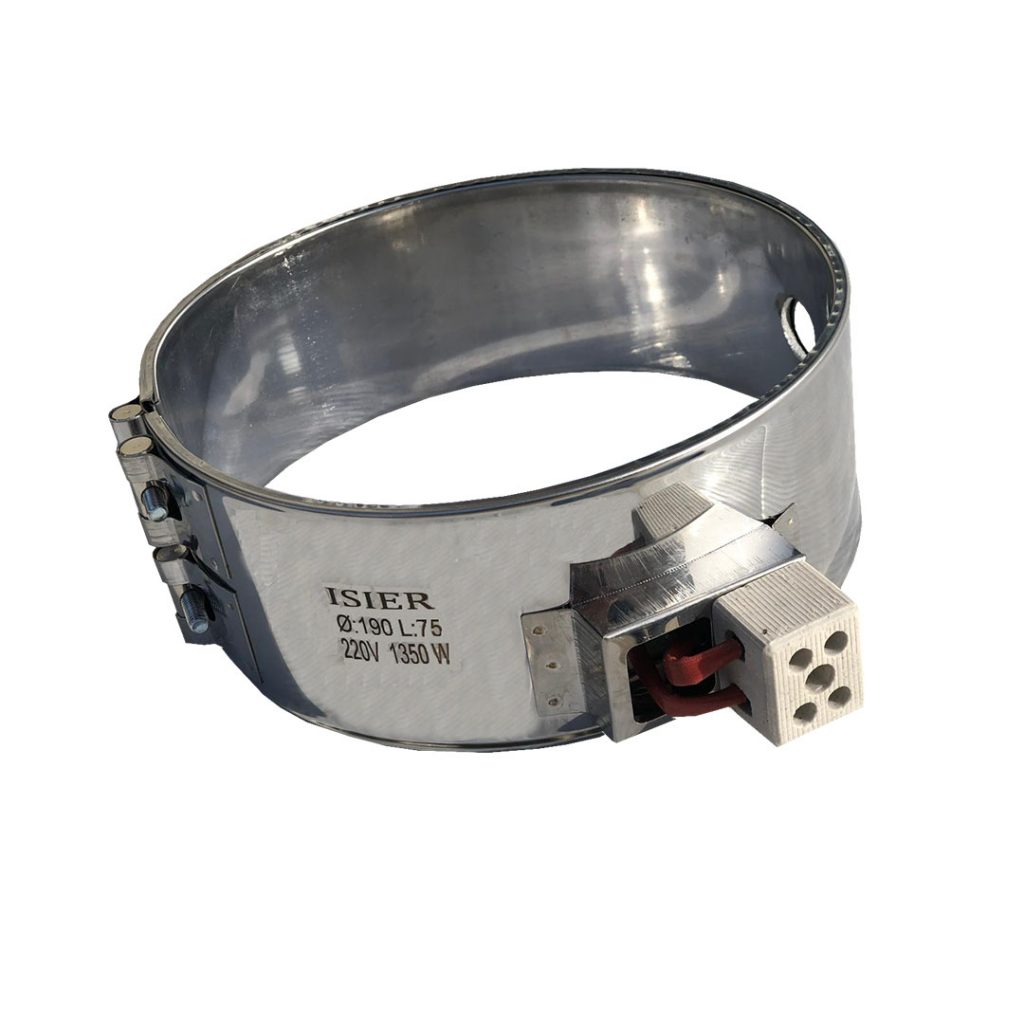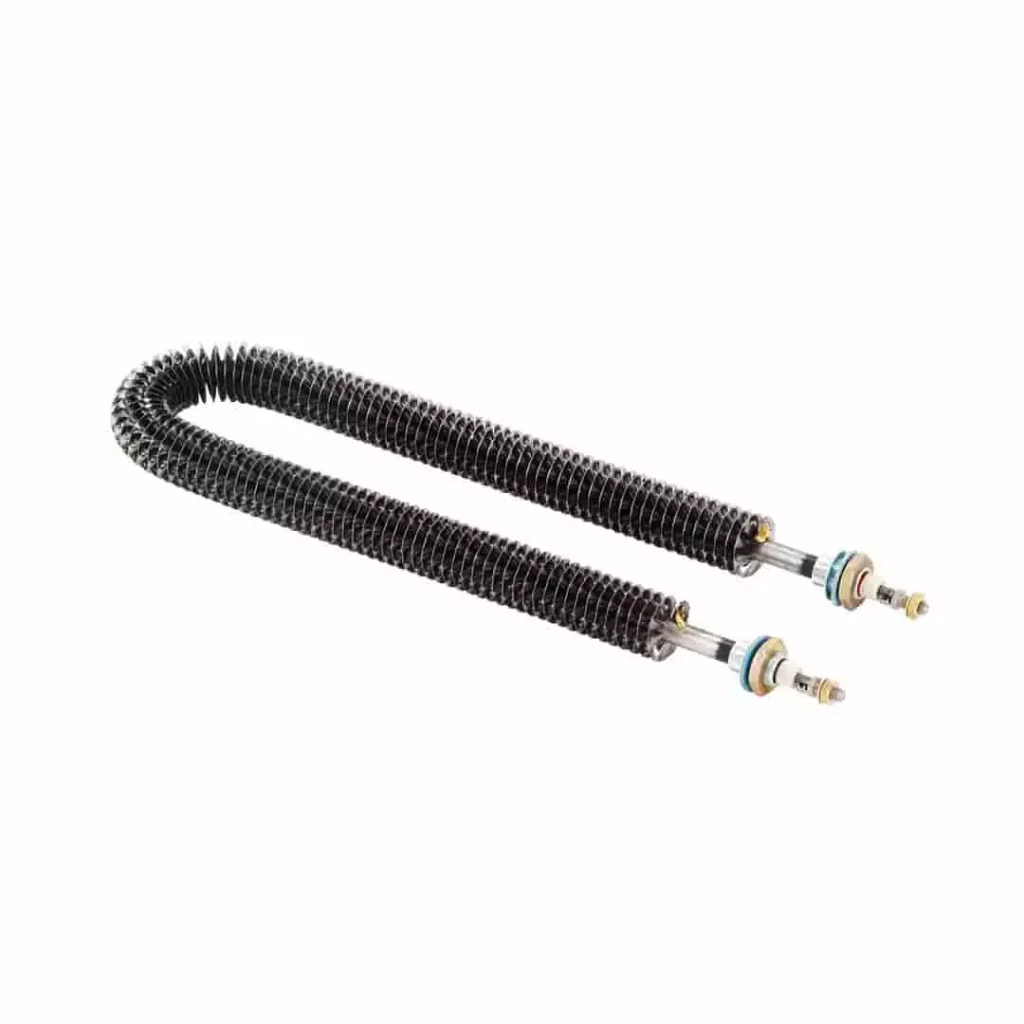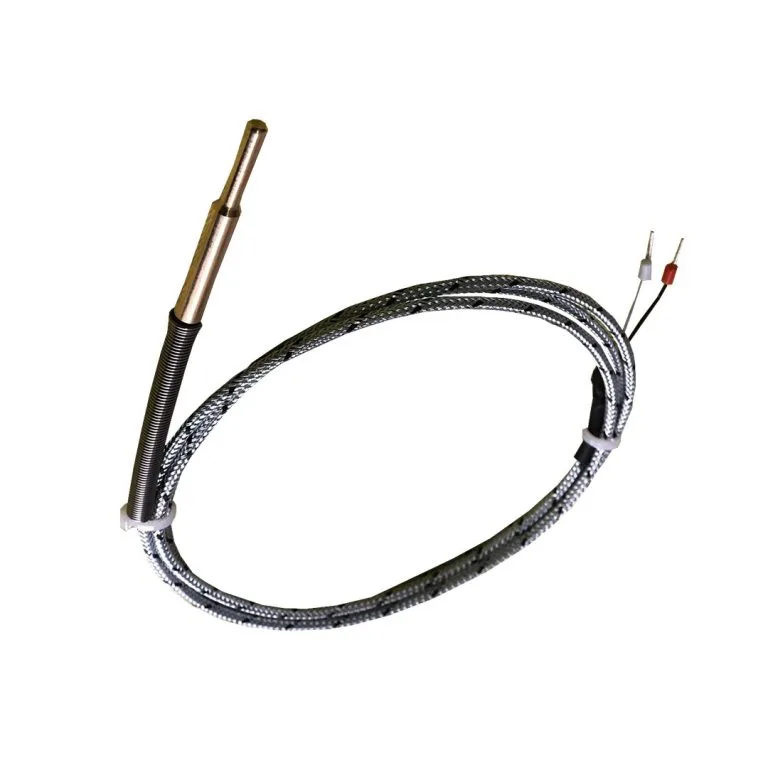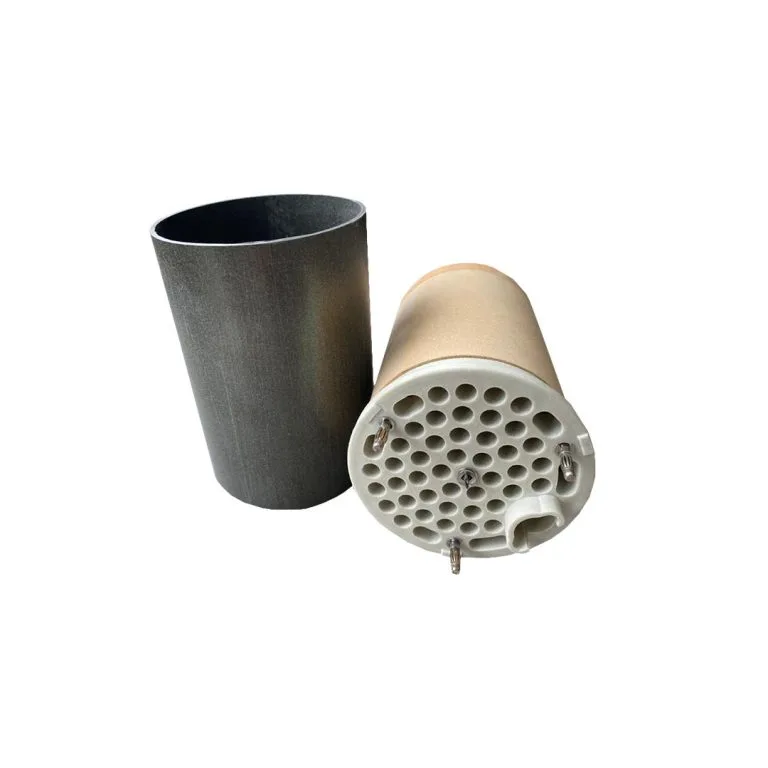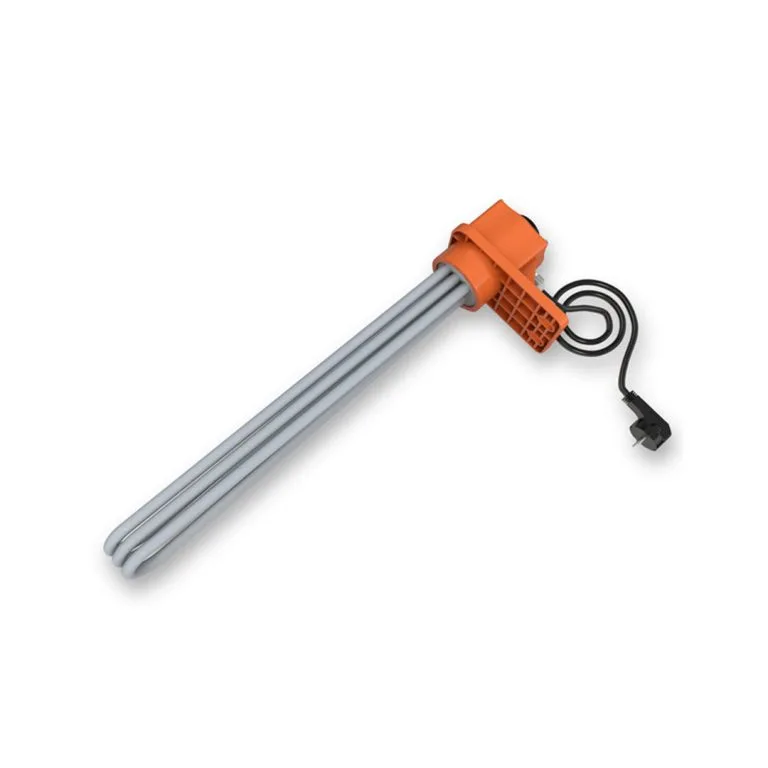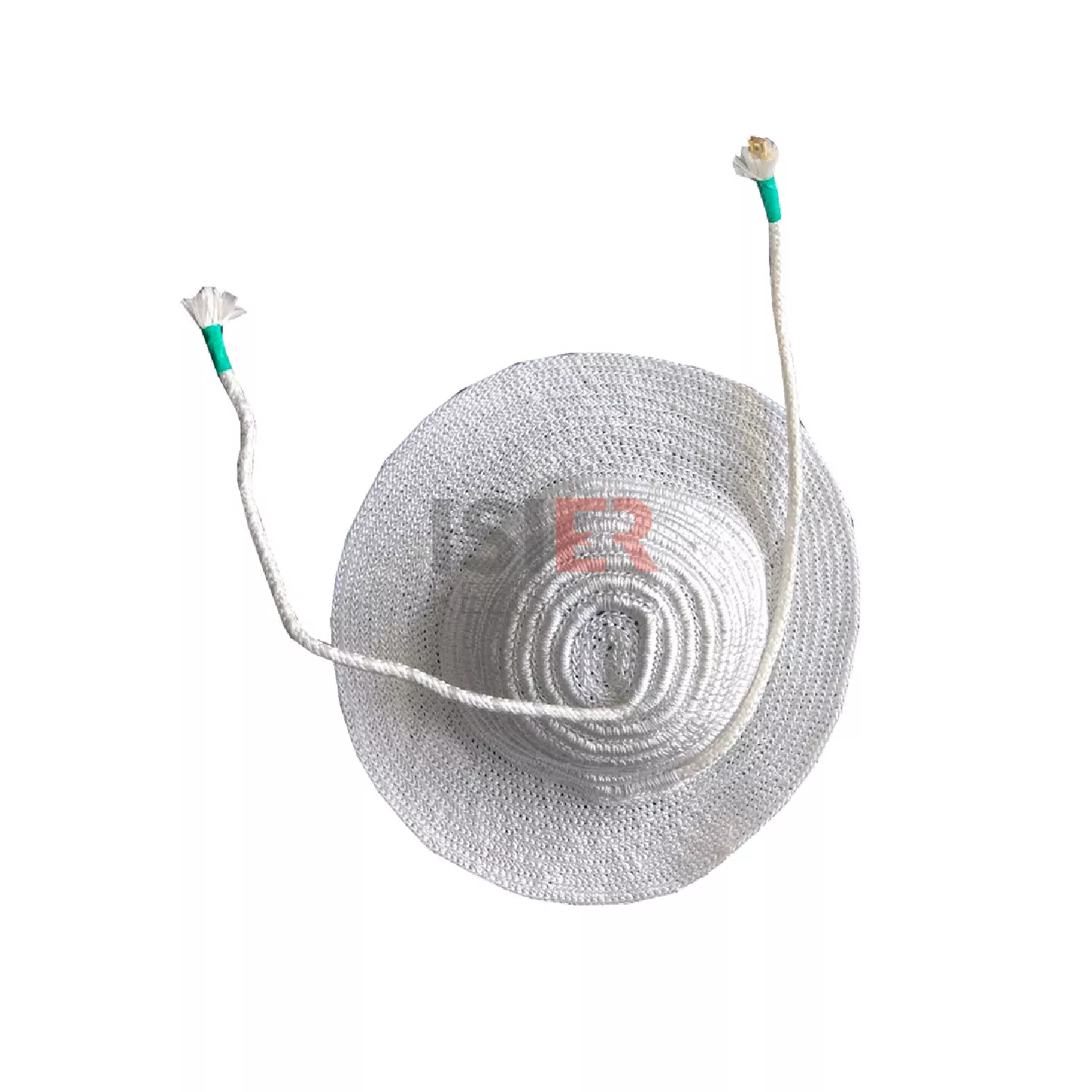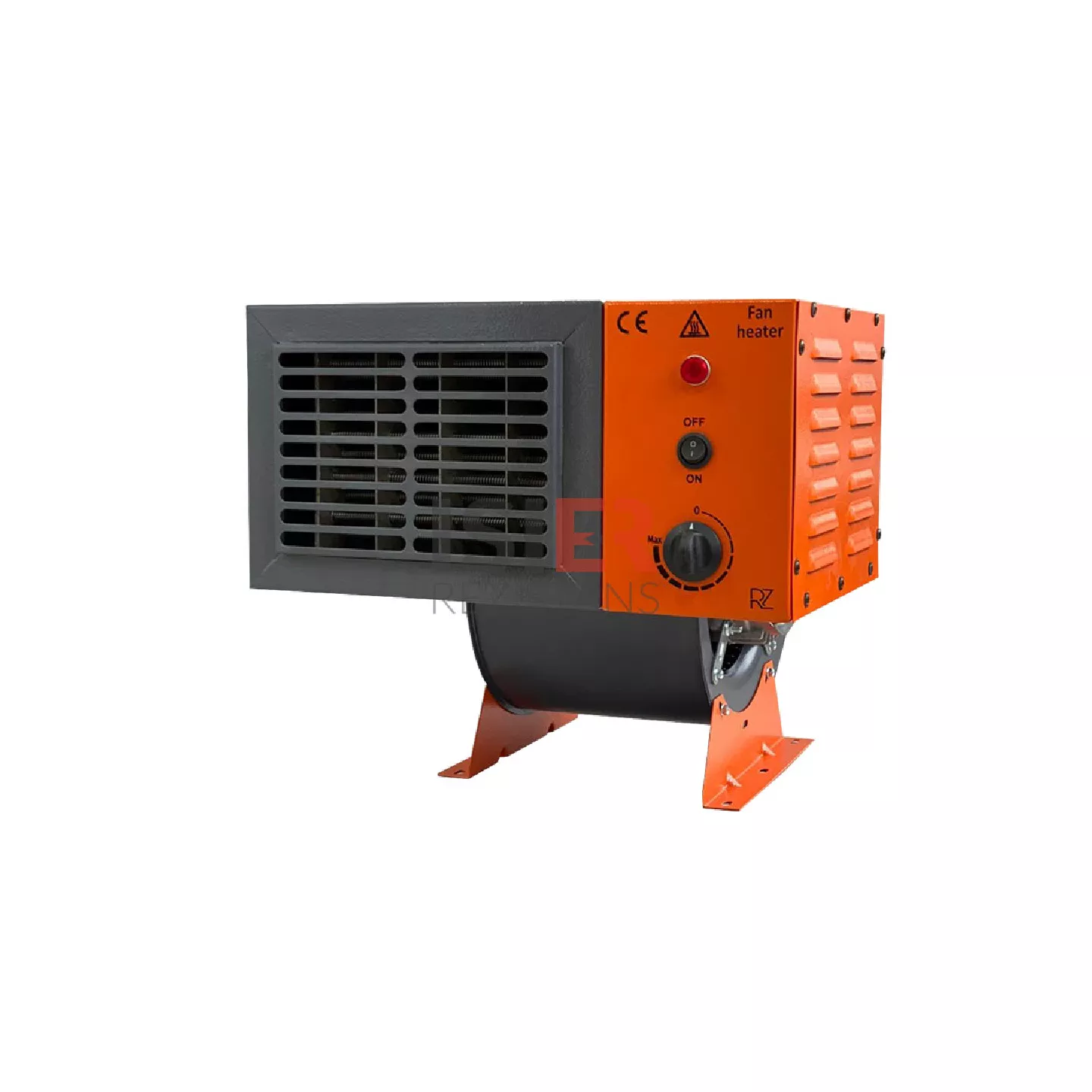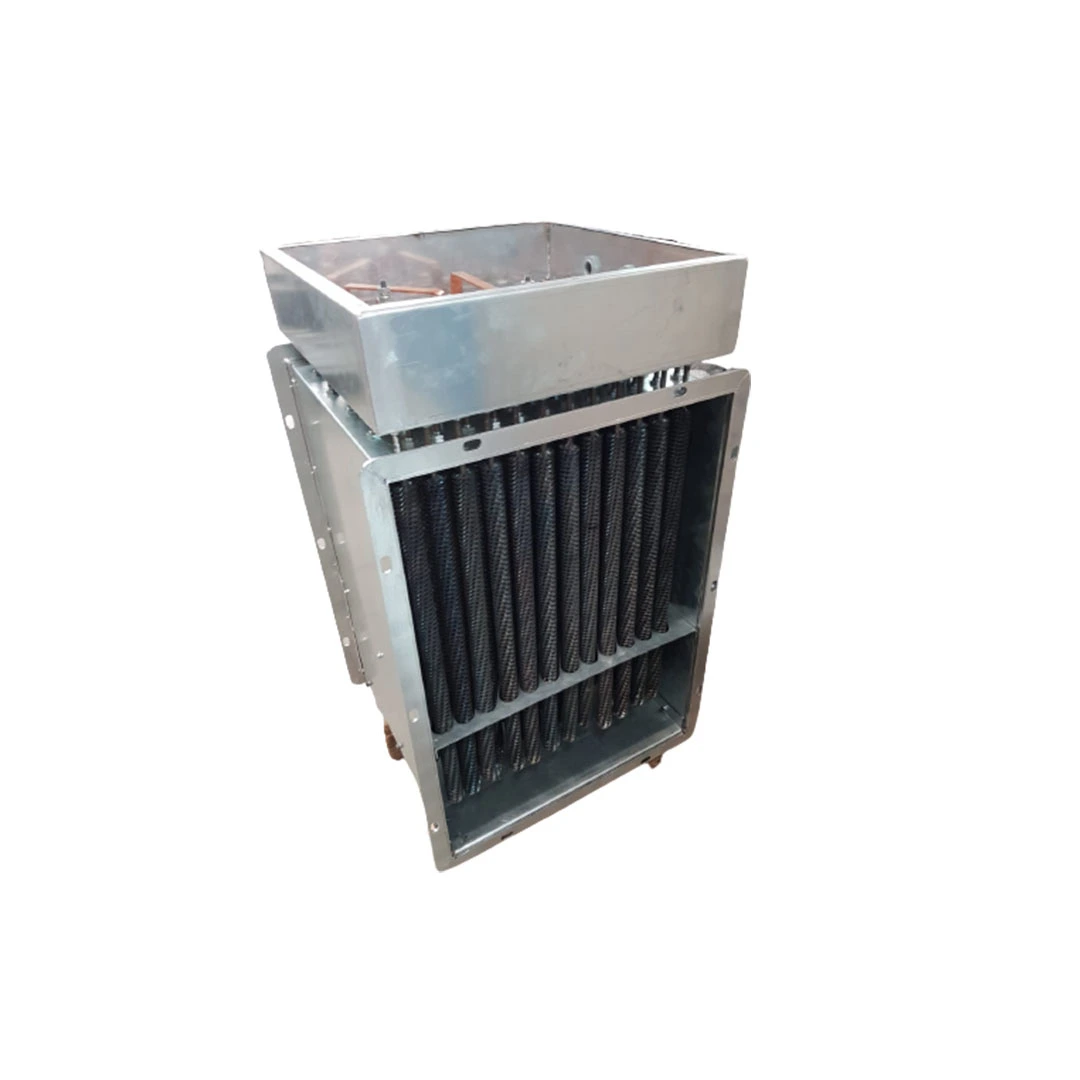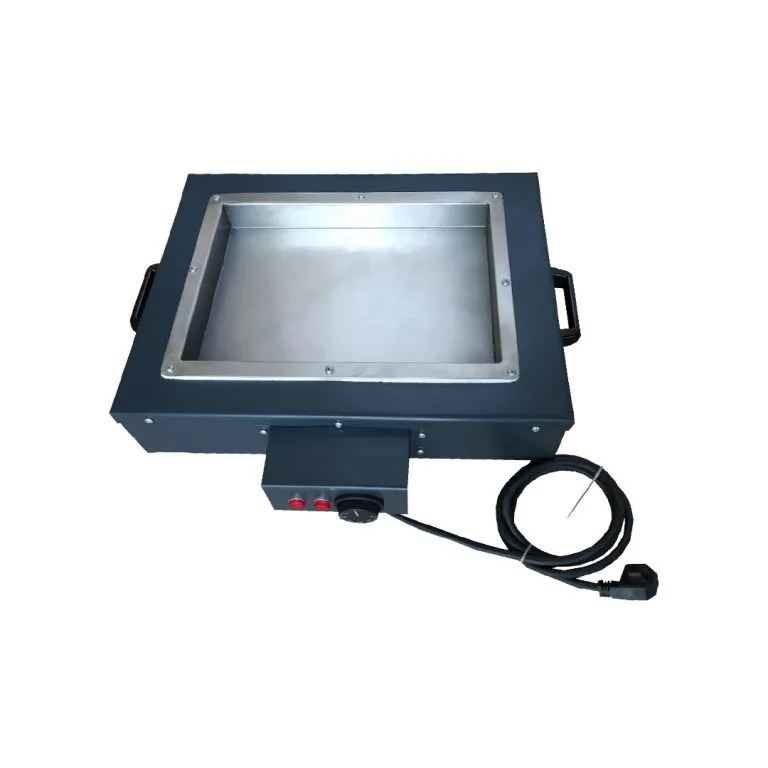Ventilation & Air Conditioning
Why Heaters are Used in Ventilation and Air Conditioning Systems?
Heaters are typically preferred for temperature control and heating purposes in ventilation and air conditioning systems. For these reasons, heaters used in ventilation and air conditioning systems help manage the environment comfortably, healthily, and efficiently.
Importance of Heaters in Ventilation and Air Conditioning:
Temperature Control: Heaters are important for controlling the temperature of the environment. This is critical for providing a comfortable indoor environment and maintaining specific temperature conditions.
Humidity Control: Heaters, especially those used in air conditioning systems, optimize indoor humidity levels by regulating them, enhancing comfort levels, and preventing damage to building materials.
Cold Air Protection: Heaters used in ventilation systems regulate the entry of cold air from outside, ensuring a comfortable indoor environment and achieving energy savings.
Freezing Prevention: Heaters are used in ventilation systems exposed to outdoor conditions to prevent freezing problems, thus preventing water from freezing in pipes and external air intake points.
Energy Efficiency: Properly designed and used heaters can increase energy efficiency, reducing energy costs in the long run and providing a sustainable solution.
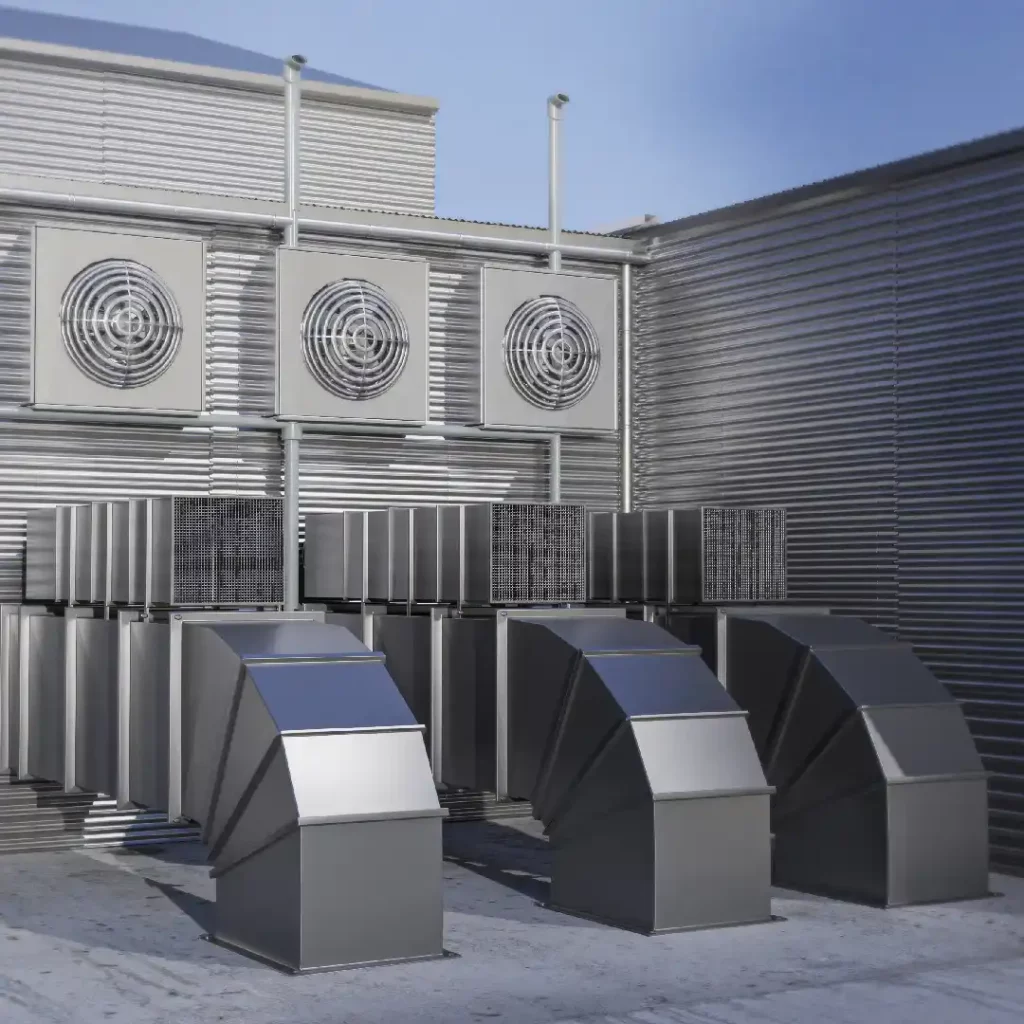
Our Products
Your Solution Partner for All Your Resistance Needs
Technical Specifications of Heaters Used in Ventilation and Air Conditioning Sector
The technical specifications of heaters used in the ventilation and air conditioning sector can vary depending on various factors. However, generally, the technical specifications of these heaters can be elaborated as follows:
Nominal Power Capacity: The nominal power capacity of ventilation and air conditioning heaters refers to their ability to operate at a certain power level within a specific temperature range. For example, a heater may have a heating capacity of 1000 watts.
Nominal Voltage: The voltage level at which heaters are designed to operate ensures compatibility with the electrical system they will be used with. It is usually expressed in volts, for example, 230V.
Material Durability: The durability of the materials used in heaters’ construction is critical. Materials such as stainless steel, nickel alloys should exhibit resistance to high temperatures, wear, and corrosion.
Temperature Range: The operating temperature range of heaters determines the temperature values required to heat or cool a specific environment. This value is usually expressed in degrees Celsius or Fahrenheit.
Heating and Cooling Rate: The ability of ventilation and air conditioning heaters to heat up and cool down rapidly enables systems to respond quickly and increase energy efficiency.
Protection Systems: Protection systems capable of detecting and controlling situations such as overheating and overcurrent are important for safety. These systems can disable the heater when necessary, preventing damage to the system.
Ease of Installation and Integration: Heaters’ installation and integration should be compatible with the design of ventilation and air conditioning systems. This ensures the system operates smoothly and facilitates maintenance.
Energy Efficiency: Heaters should be models that provide energy savings. High energy efficiency makes systems more sustainable.
Compatibility and Standardization: Heaters should comply with national and international standards. This enhances reliability and quality.
Ease of Maintenance and Cleaning: Heaters should be easy to maintain and clean, facilitating regular system maintenance.
Control and Automation Capability: Heaters used in ventilation and air conditioning systems can be integrated with control systems and automation. This allows for more precise management of temperature and humidity levels.
These features are important for selecting and integrating heaters used in ventilation and air conditioning systems correctly and according to the application area.
Things to Consider When Choosing Ventilation and Air Conditioning
When selecting ventilation and air conditioning systems, there are many important factors to consider. Here are some key points to keep in mind during the selection process:
Needs Analysis: Firstly, the needs of the space must be accurately analyzed. Determine which areas require ventilation and air conditioning systems and select a system that meets these needs.
Energy Efficiency: The energy efficiency of the chosen systems is important. Systems with high energy efficiency can reduce operating costs and minimize environmental impact.
System Capacity: The system capacity should be suitable for the size and purpose of the space. Choosing the right capacity enhances system performance and energy efficiency.
Filtration System: An effective air filtration system in ventilation systems improves indoor air quality. Particularly filtering allergens and particles ensures a healthy indoor environment.
Temperature and Humidity Control: Ventilation and air conditioning systems should control indoor temperature and humidity levels. This increases comfort levels and preserves the durability of building materials.
Noise Levels: Noise levels are important, especially in residential and office spaces. Systems with low noise levels enhance comfort and user satisfaction.
Ease of Maintenance: Regular maintenance of ventilation systems is important. Therefore, selected systems should be easy to maintain and accessible for routine tasks like filter replacement.
Remote Control and Monitoring: Modern ventilation systems should have remote control and monitoring capabilities. This allows for remote monitoring of system performance and intervention if necessary.
Cost and Budget: System selection should be evaluated along with installation and operating costs within an appropriate budget. Choosing a quality system within a suitable budget is important.
Spare Parts and Service Support: Working with a reliable supplier for spare parts procurement and service support ensures quick resolution of potential issues.
Environmental Friendliness: Ventilation systems focusing on eco-friendly technologies and materials offer advantages in terms of energy savings and sustainability.
These factors are important criteria to consider when selecting ventilation and air conditioning systems. Making the right choice based on these criteria not only saves energy but also enhances user comfort.
Serpantine and Air Duct Heaters Used in Ventilation and Air Conditioning Sector
Heaters used in ventilation and air conditioning systems, such as coil and duct heaters, are important components that perform heating or cooling functions. Below are the general characteristics of these two types of heaters:
Serpantine Heaters:
Structure and Design: Coil heaters have a pipe-like structure and typically contain heating elements housed within coiled metal pipes.
Applications: Coil heaters, usually operating with water or steam, are used for the transportation and transfer of hot water or steam in heating systems.
Heat Transfer: Hot water or steam circulating within the pipes comes into contact with air or other fluids outside the coil heater, facilitating heat transfer.
Control and Regulation: Heating levels are typically regulated via control systems, enabling precise temperature control.
Ease of Installation: Coil heaters generally have a straightforward installation process and simple maintenance requirements.
Duct Heaters:
Structure and Design: Duct heaters typically consist of heating elements placed inside an air duct. These elements are often coil-shaped.
Applications: Integrated into ventilation and air conditioning systems, duct heaters are used to heat or cool air flowing through ducts.
Heat Transfer: Air flowing within the duct comes into contact with the heating elements inside the heater, either heating or cooling the air as needed to control the temperature within the duct.
Control and Regulation: Duct heaters usually work in conjunction with integrated control systems to regulate temperature.
Ease of Installation: Duct heaters can be integrated into air ducts and generally have a user-friendly design for maintenance.
Both types of heaters play a crucial role in temperature control and regulating airflow in ventilation and air conditioning systems. Selection should be based on application needs, system design, and energy efficiency objectives.



